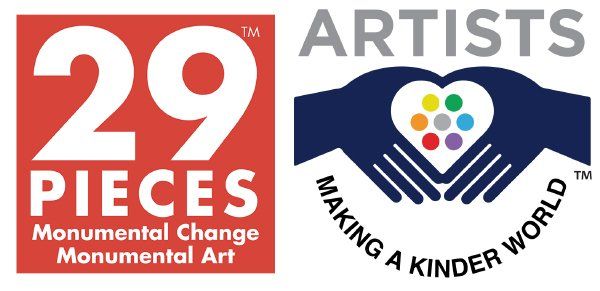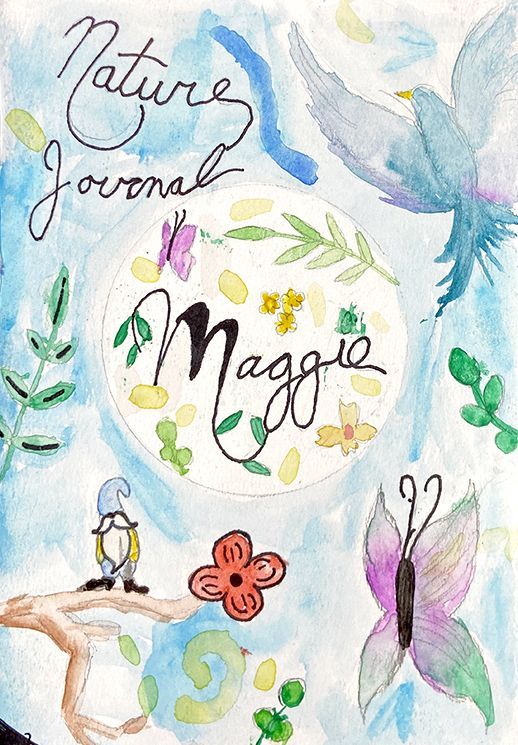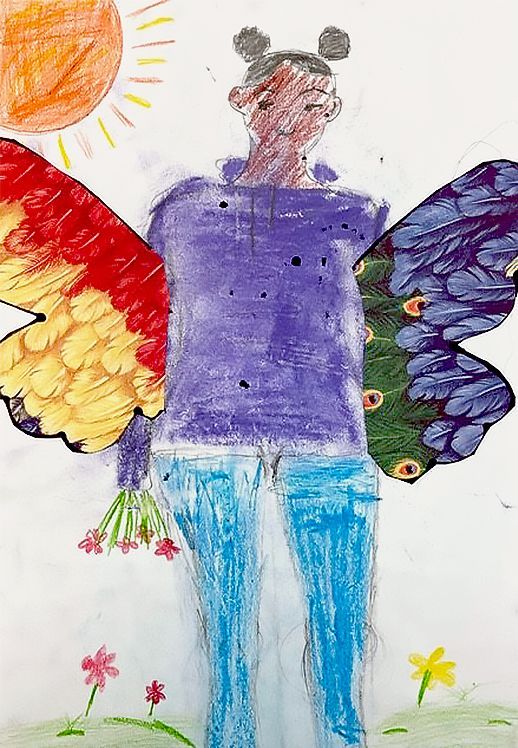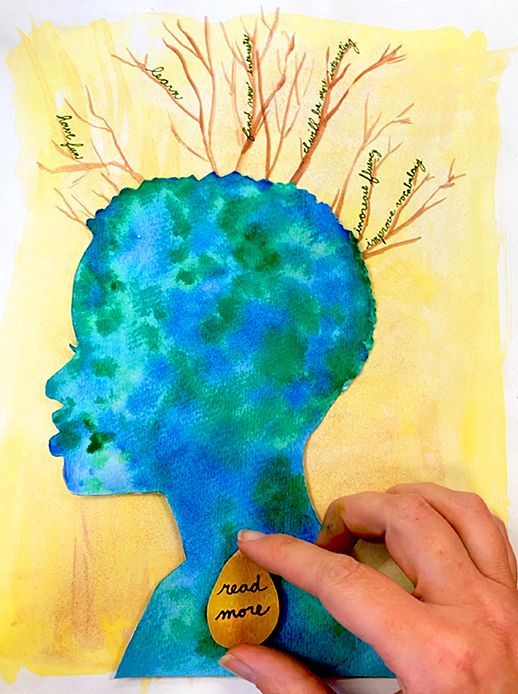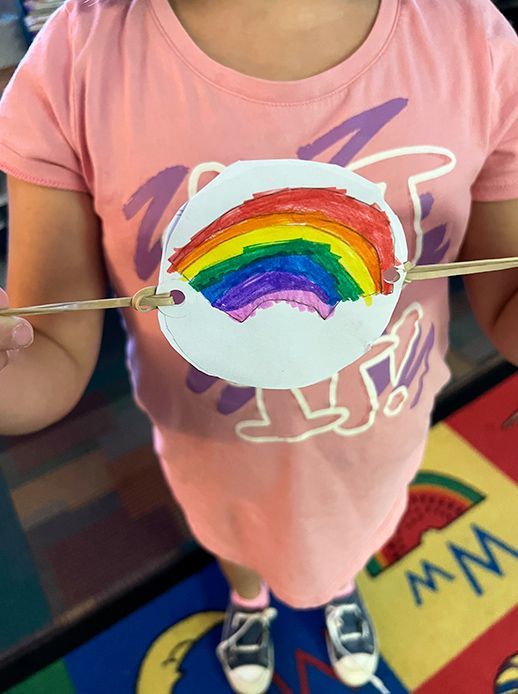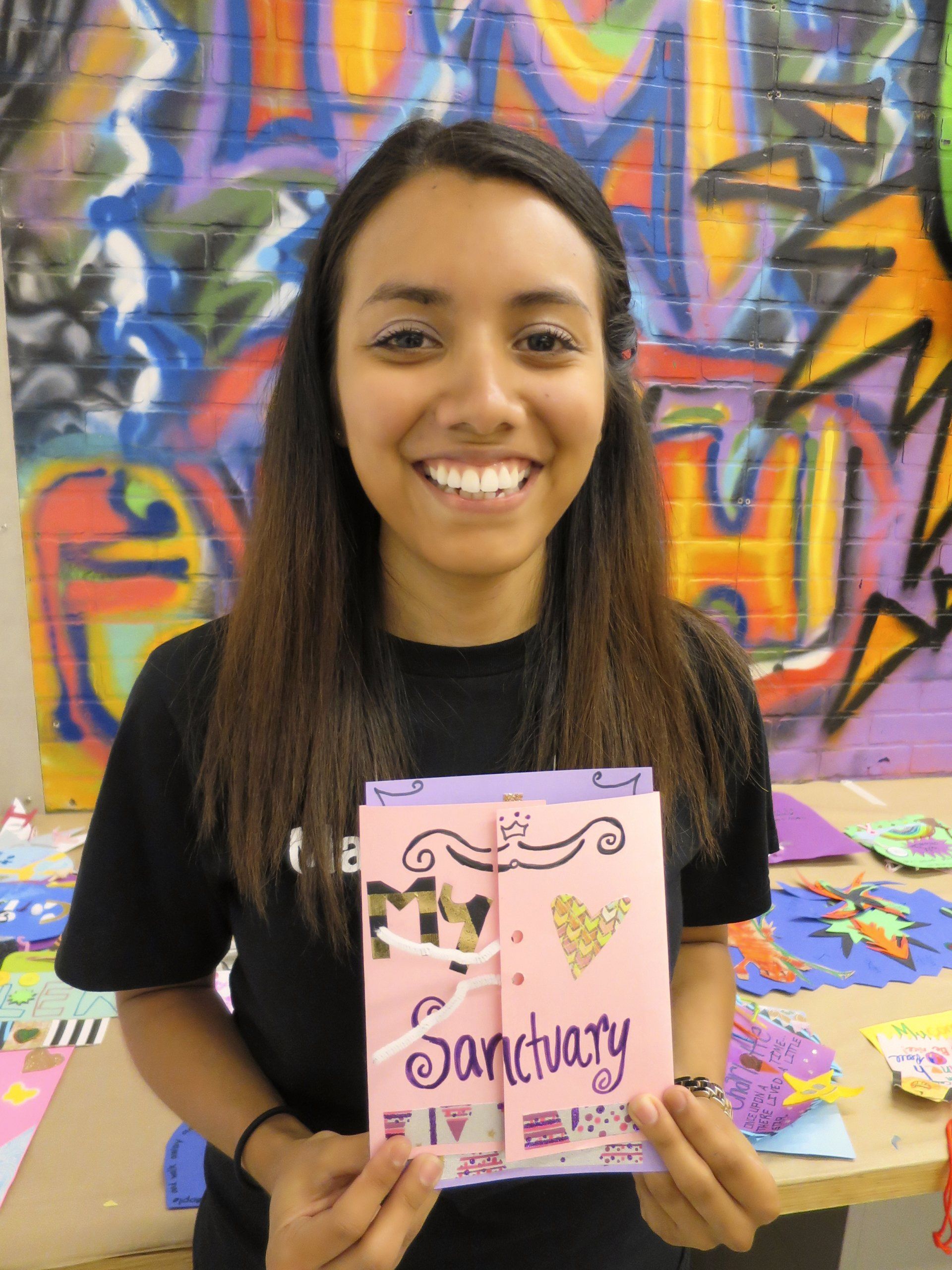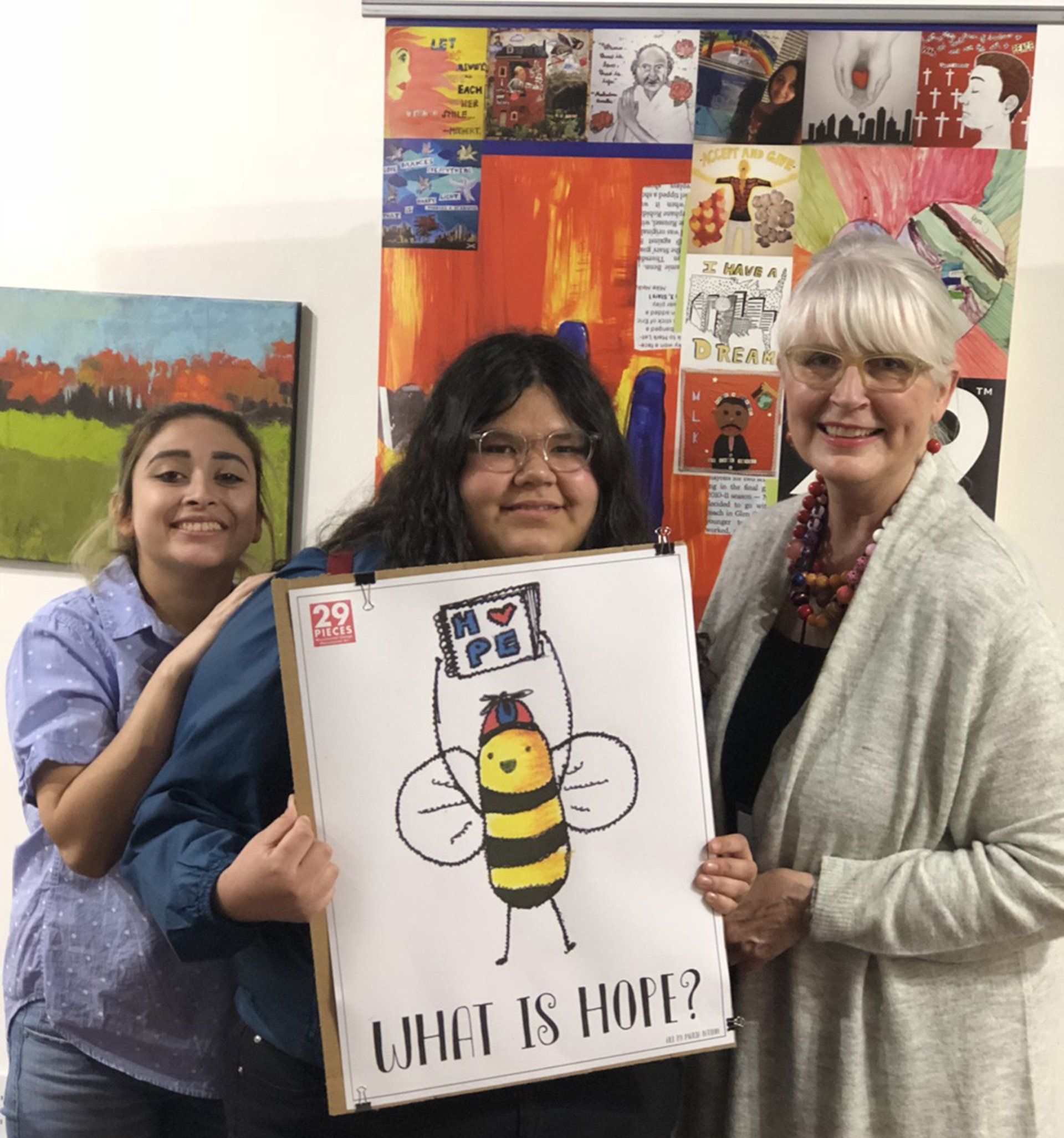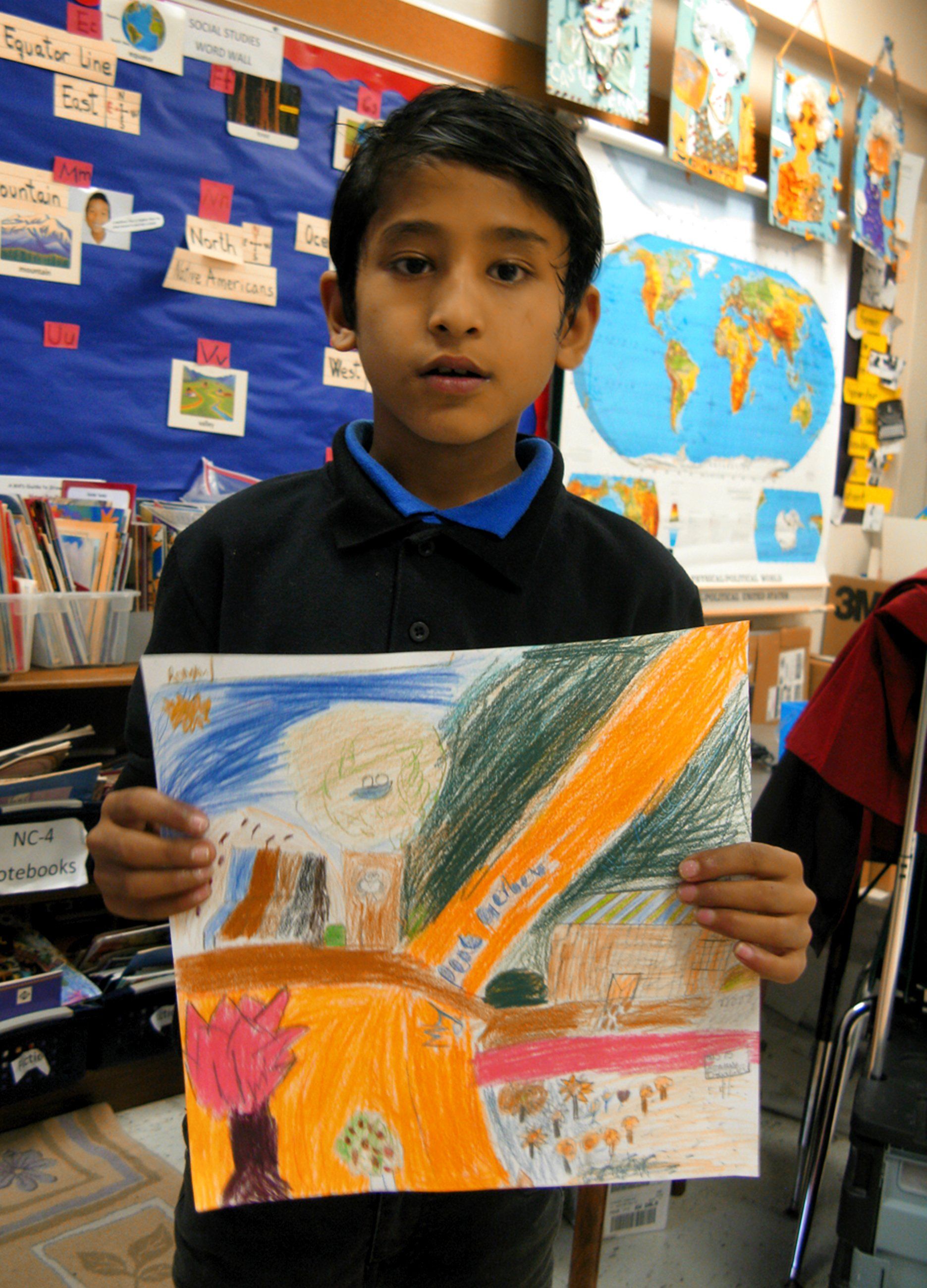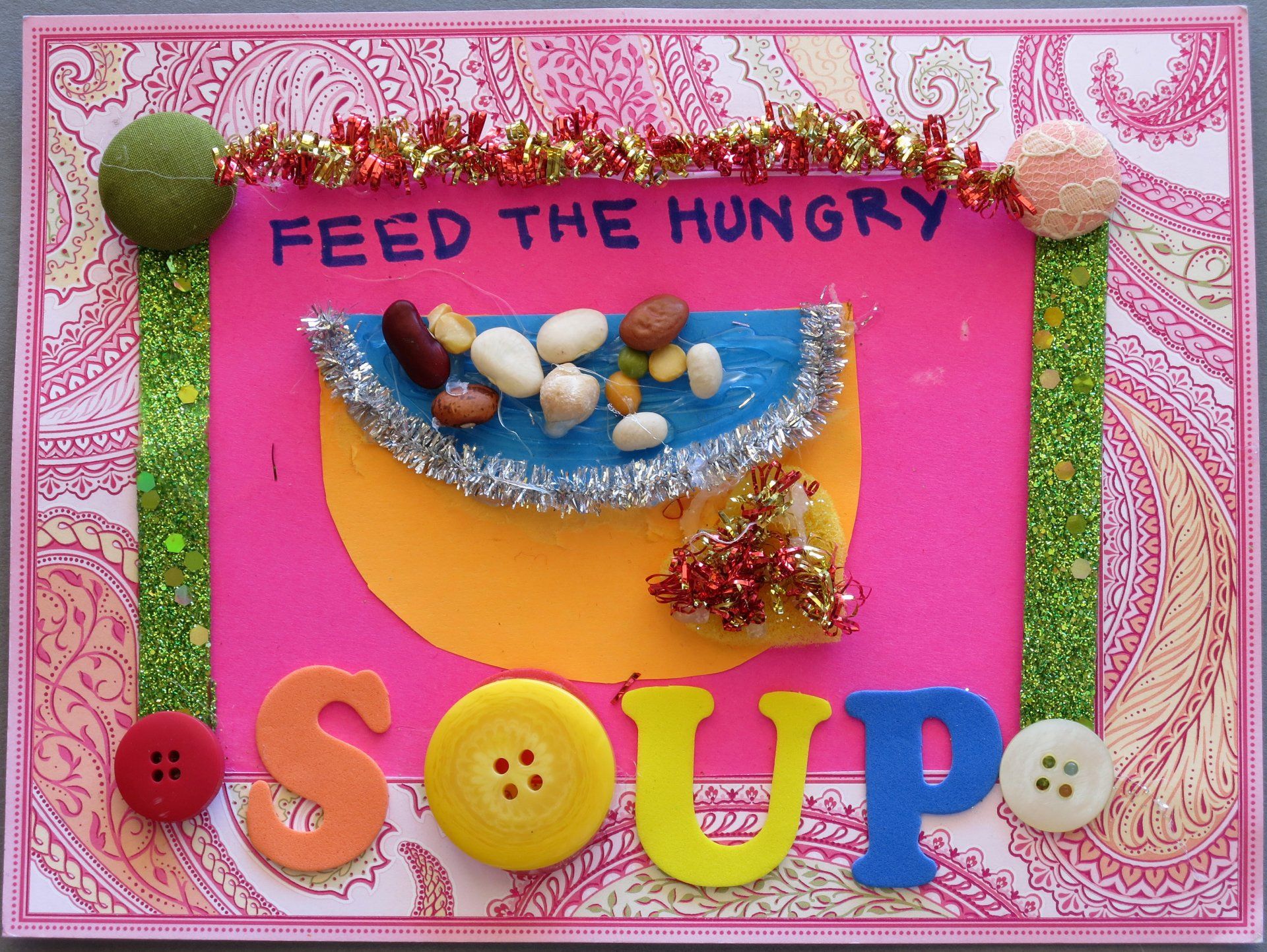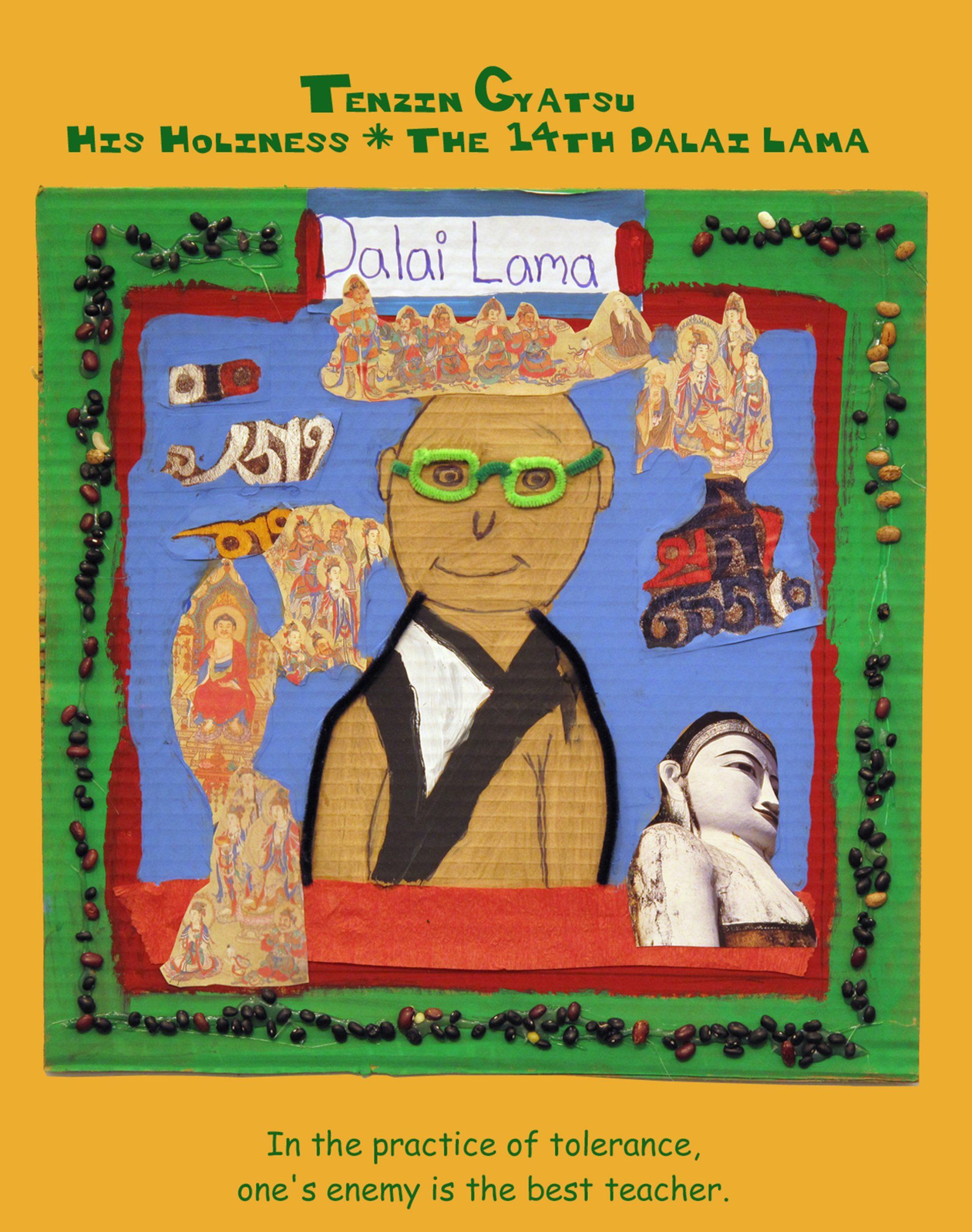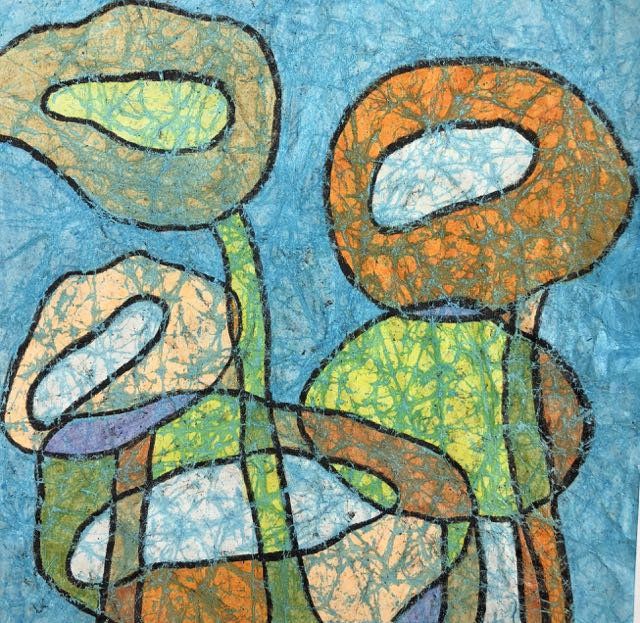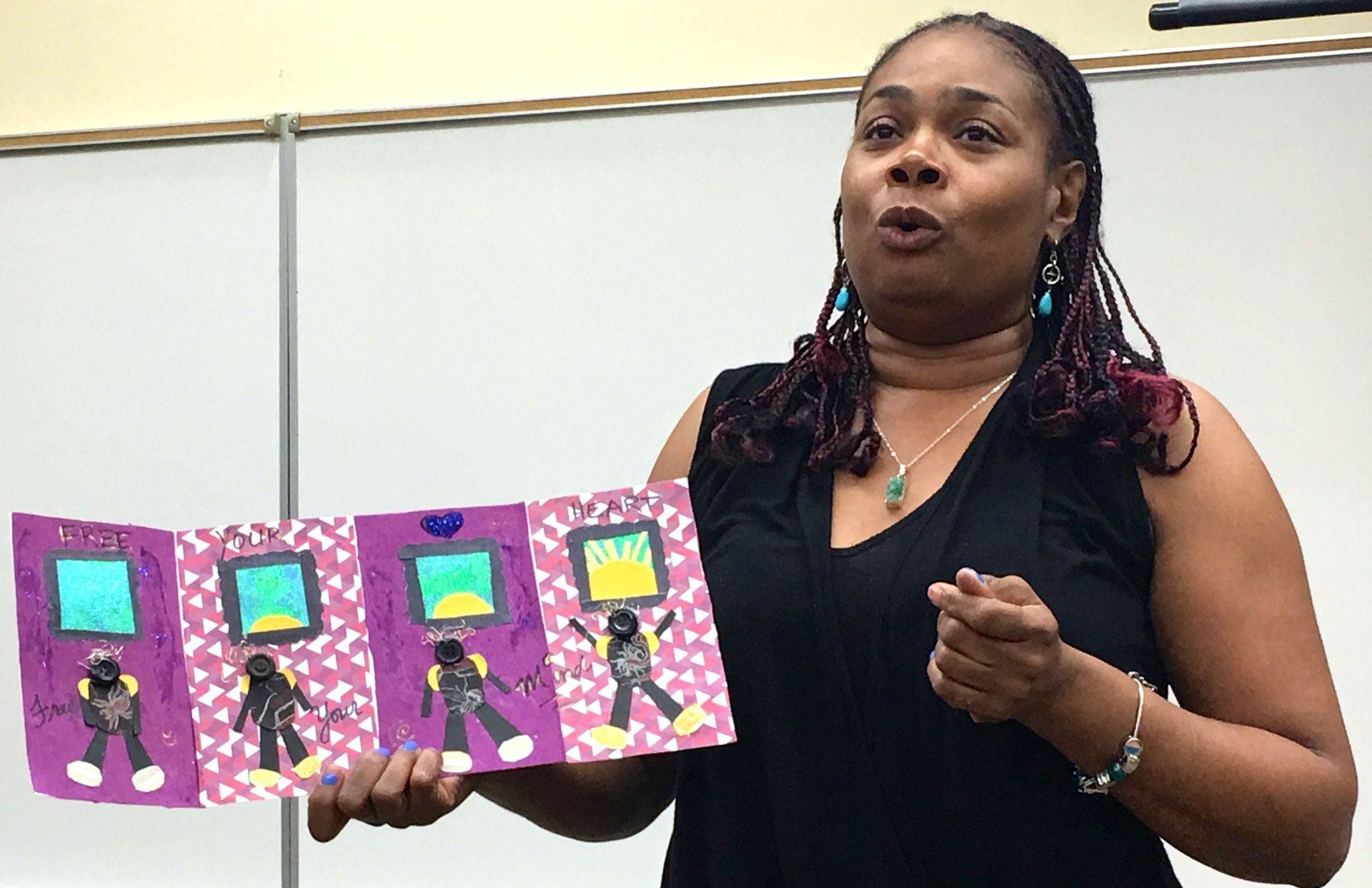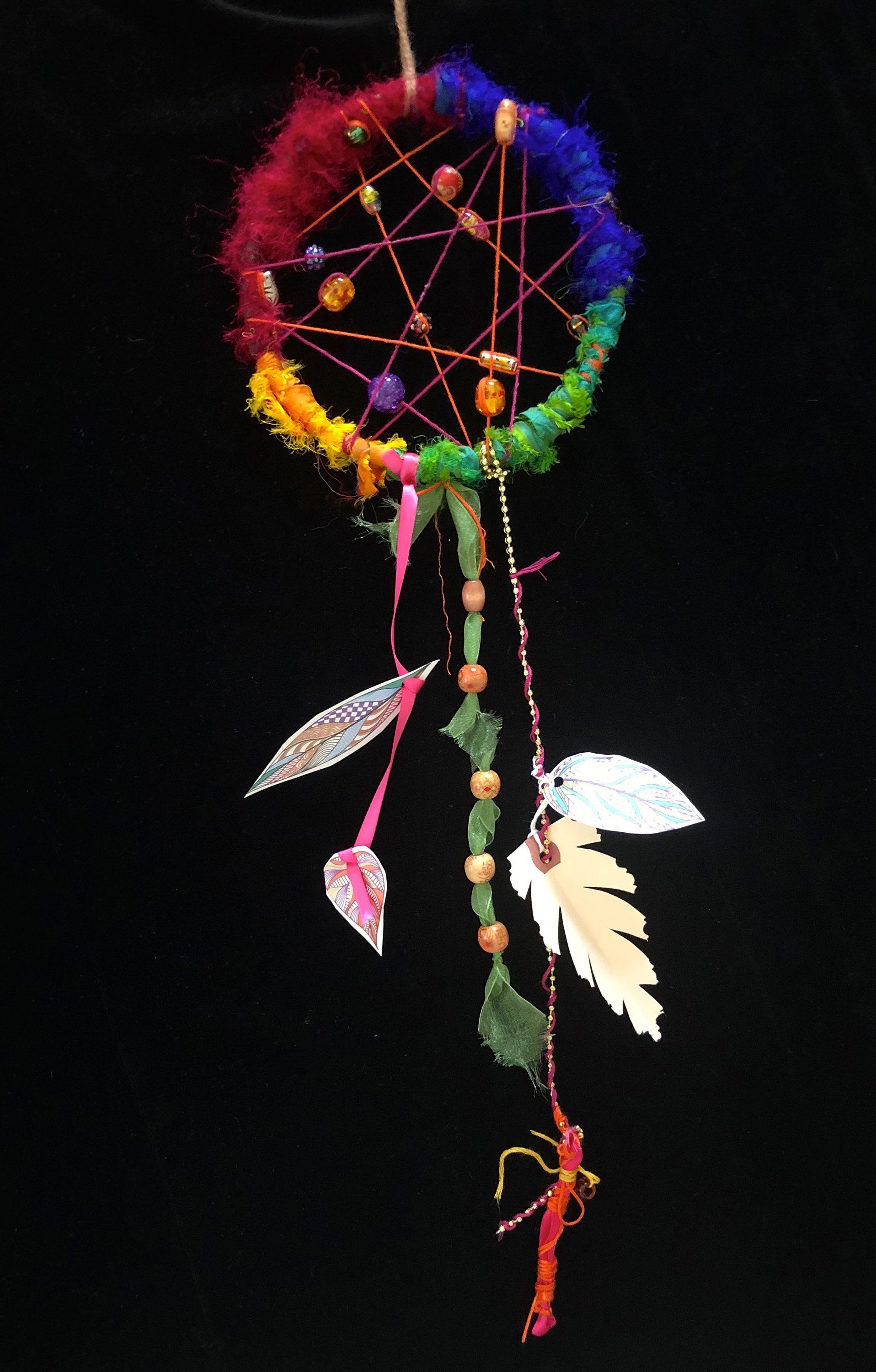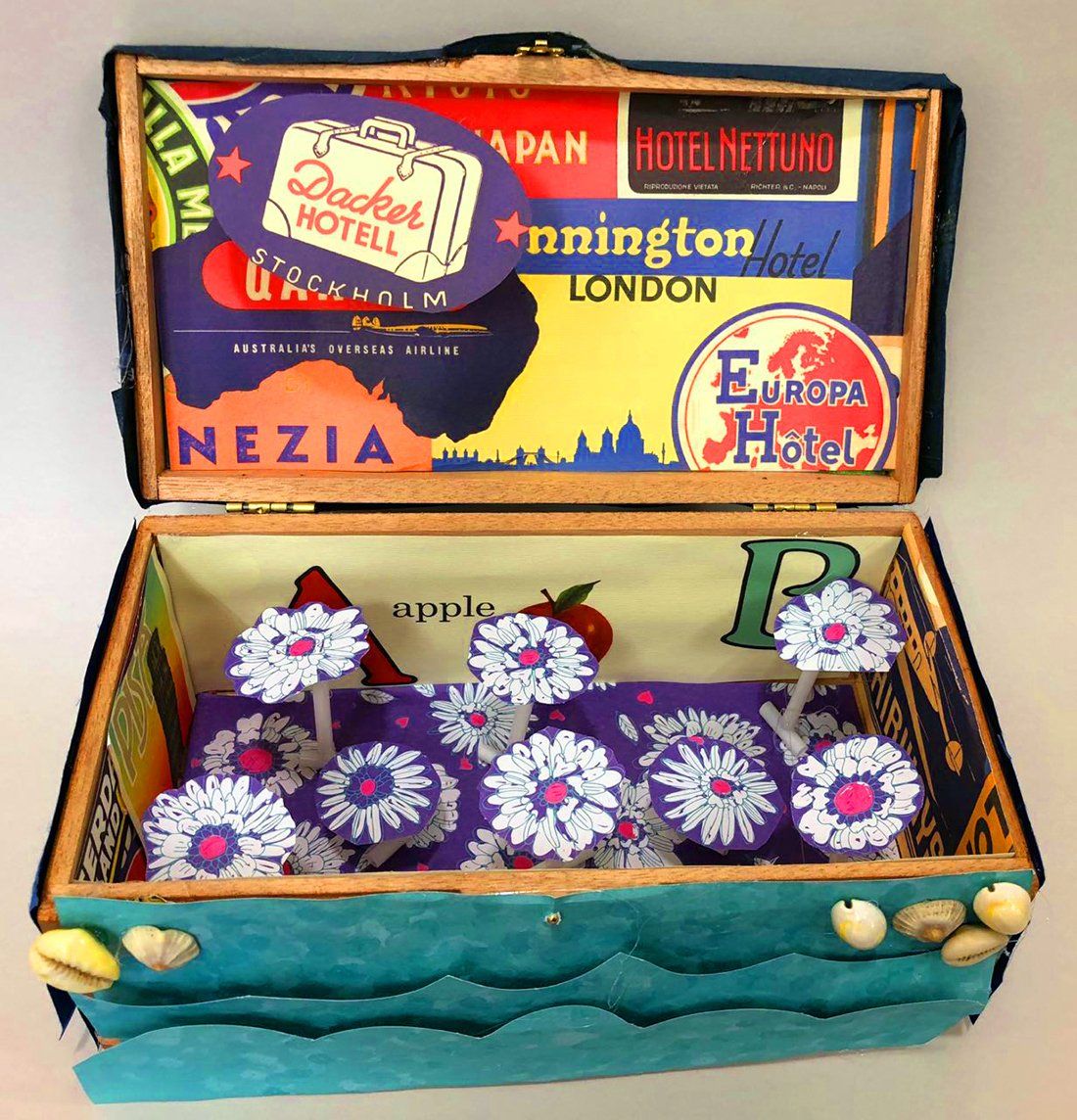Each Lesson KitContains:
New Lesson
JOURNAL YOUR OBSERVATIONS
This lesson focuses on the skill and reward of looking at things very closely. When was the last time you slowed down long enough to concentrate for a period of time on one thing? Participants will be asked to take two minutes to observe, describe in words or image something in the natural world, and then reflect on that experience. This lesson supports students in valuing one-pointed attention, the deepening benefits of “close readings,” and has crossover with natural sciences.
New Lesson
PRINCIPLES OF FLIGHT
This lesson focuses on the importance of resistance to taking flight. Drawing on the physics of flight, students will consider how their own hopes and dreams “take flight.” Why is it necessary to have propulsion and resistance in balance for their dreams to soar? What does this look like in their own lives? This lesson crosses over with knowledge objectives in physical sciences.
New Lesson
SEEDS
This lesson centers on the possibilities contained in seeds. Participants reflect on how planting one seed can result in the growth of thousands more beautiful plants. Using plant seeds as a metaphor, students consider their thoughts as “seeds” and ask: ‘What thought seeds do I want to plant in my own heart and mind and in the world? How will I cultivate them?’ This lesson has crossover possibilities with knowledge objectives in environmental science.
New Lesson
IS THIS MIRACLE ENOUGH?
How do we traditionally think about miracles? This lesson asks participants to consider the miracles in front of us every day, giving us new eyes to see the world and its phenomena with wonder, awe, and respect. This lesson can cross over with knowledge objectives in biological sciences.
Using quotes about LOVE by great peacemakers like Gandhi, Mother Teresa, Martin Luther King, or even the Beatles, students think about what the word LOVE means – the choice to act with kindness, compassion and affection. Students make Valentine art to send a message of love to the world. Projects involve making a collage incorporating Valentine imagery with decorative “illuminated” type.
LOVE Lesson Discussion questions:
· What are some of the emotions we feel when we have LOVE in our heart?
· Can you LOVE someone even if you don’t like them?
· What are some ways that you can show LOVE?
· When you are loving, are you peaceful?
· Do Love and Peace go hand in hand?
THRIVE: Creating a Garden of Peace
What happens when we get curious about water? This lesson presents an opportunity for students to tap into their inherent curiosity – especially wonder about natural phenomena. After contemplating the wonder of a grain of sand, the mystery of another person’s eyes, the essence of a drop of water, students create wax-resist art that symbolizes a question or expresses their curiosity about the precious resource of water.
CURIOSITY Discussion Questions:
• What is curiosity?
• What is an example of curiosity in your everyday life?
• How can we be curious about water?
• What can we learn from a raindrop?
• How can “a hundred pure oceans flow from a raindrop?”
Each one of us is inherently good, but isn’t it also in our nature to build walls of separation – large or small? This lesson presents an opportunity to think about the things that happen that lead us to wall ourselves off from others and also ways we can take barriers down. It presents some famous walls around the world. For the art project, students use folded paper to create representational “walls”…as well as potential openings.
FORGIVENESS Discussion Questions:
• What does it mean to forgive?
• What are some petty behaviors that can be hard to forgive?
• What are some serious things that are really hard to forgive?
• What are some things going on in our world right now that are hard to forgive?
• Can we forgive someone who hasn’t apologized or asked for forgiveness?
• What is the personal cost of not forgiving?
Can we dream a good dream for someone we love? In this lesson, students learn about the Native American folk tradition of making dreamcatchers and how they are significant within the Ojibwe tribe. Students consider the breadth of the dreamworld and make dreamcatchers to give to another person, symbolizing their wish for happiness and safety for them.
DREAMCATCHER Discussion Questions
• What does the word DREAM mean to you?
• What is a good dream that you’ve had?
• What are some bad dreams that many of us have?
• What happens when we uplift someone else’s dreams?
SOULS HIDDEN: Forces Within and Around Us
Souls are hard to define and hard to discern. What is a SOUL anyway? This lesson presents fascinating questions like, what are different ways that various cultures have thought about “SOULS?” What happens when we bare our souls? And how do we stay connected with souls of those who have gone before us? Students then make assemblage art, a 3-D collage containing symbols expressing questions and beliefs inspired by “souls hidden.”
SOULS HIDDEN Discussion Questions:
• What comes to your mind when you think of the word SOUL?
• What are some situations in which you think SOULS are around us?
• What is a situation in which you bared your SOUL?
• What are ways that you hide your own SOUL from yourself and others?
• What can we do to connect with SOULS HIDDEN?
